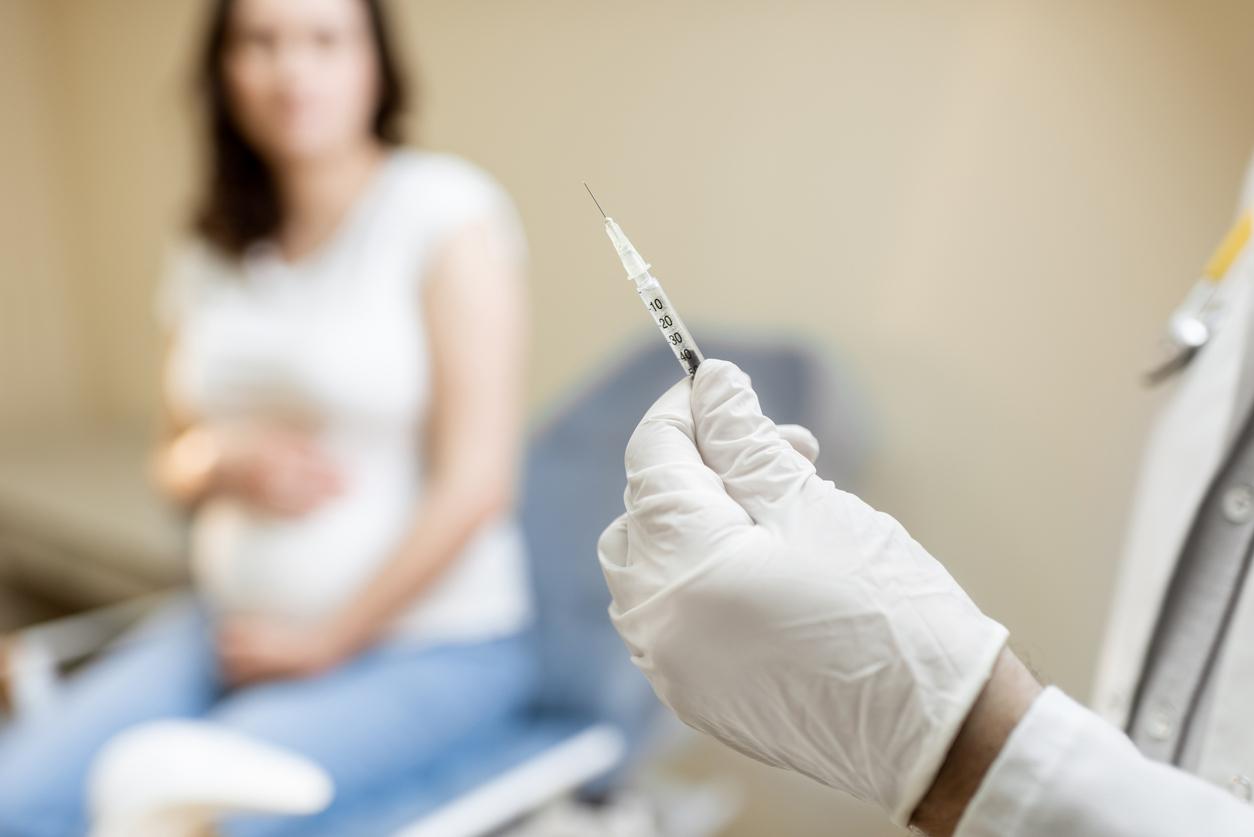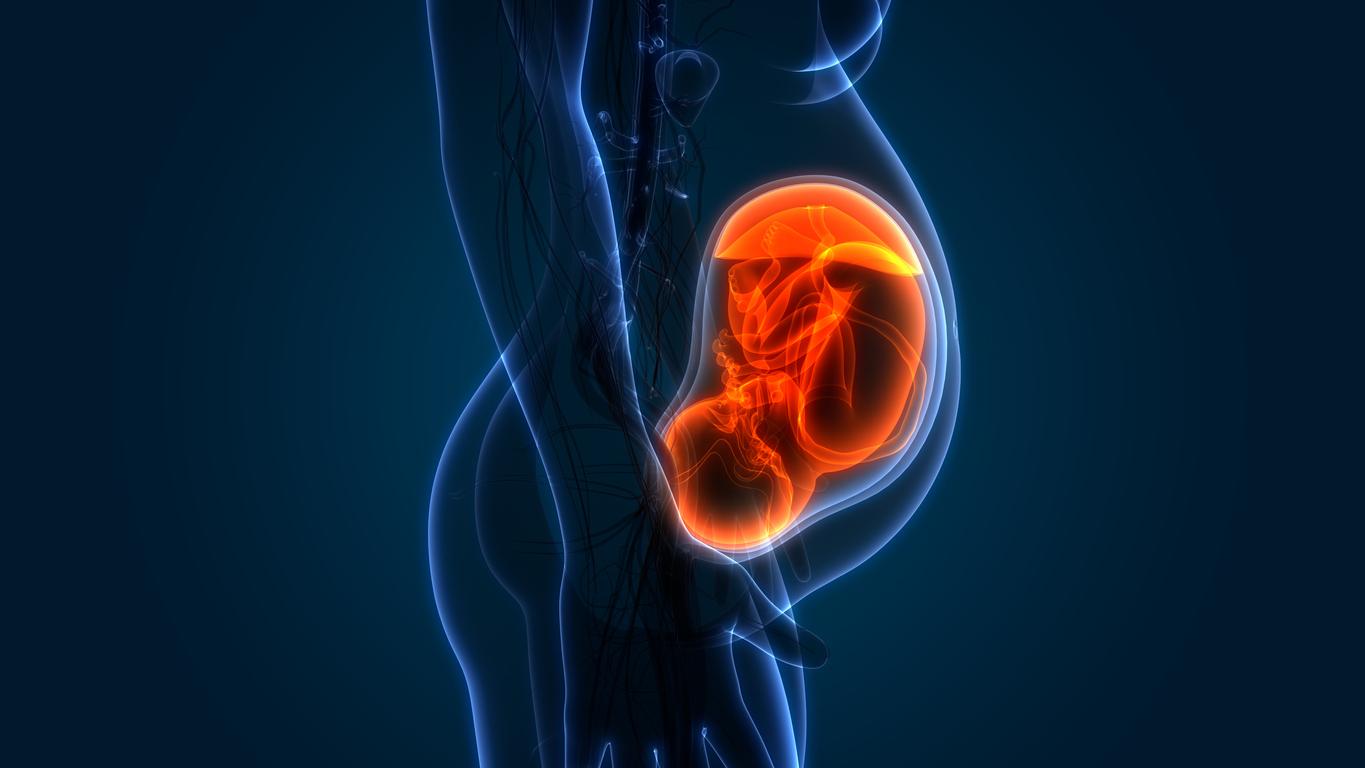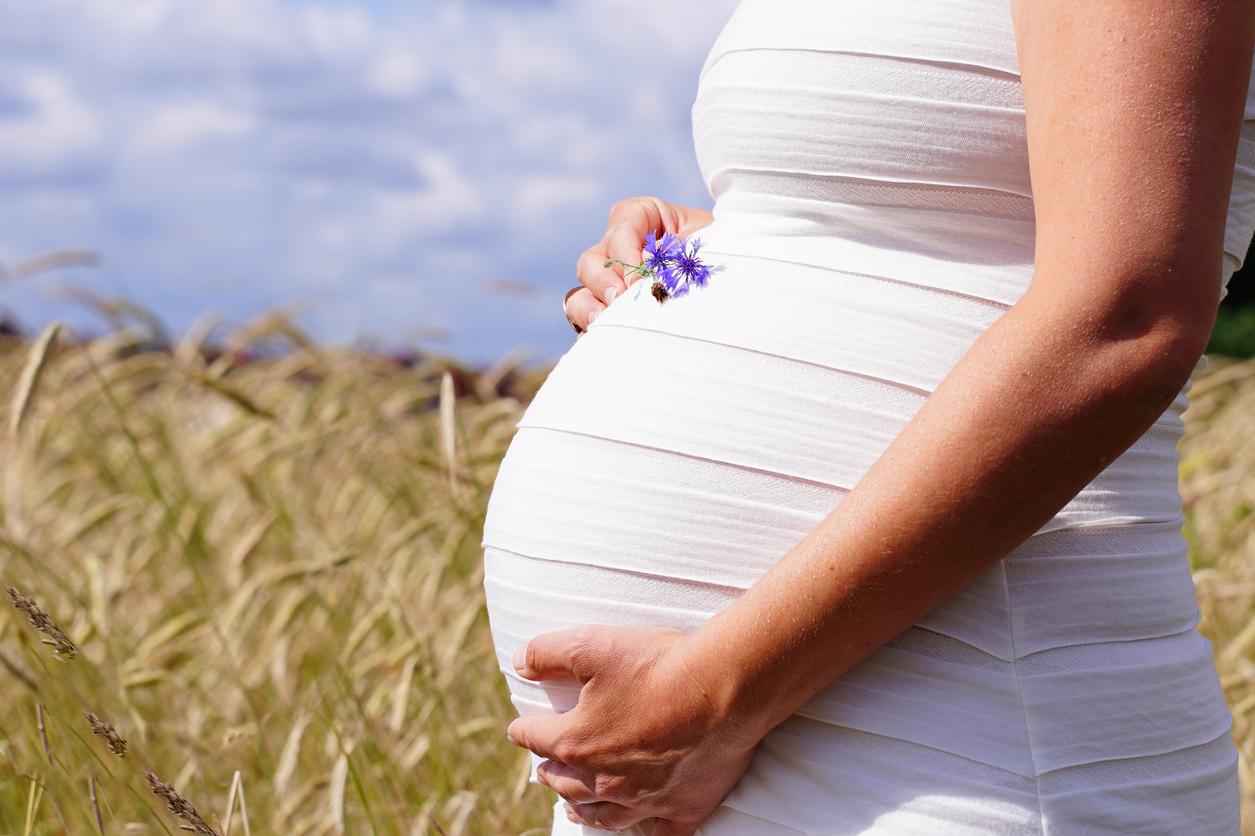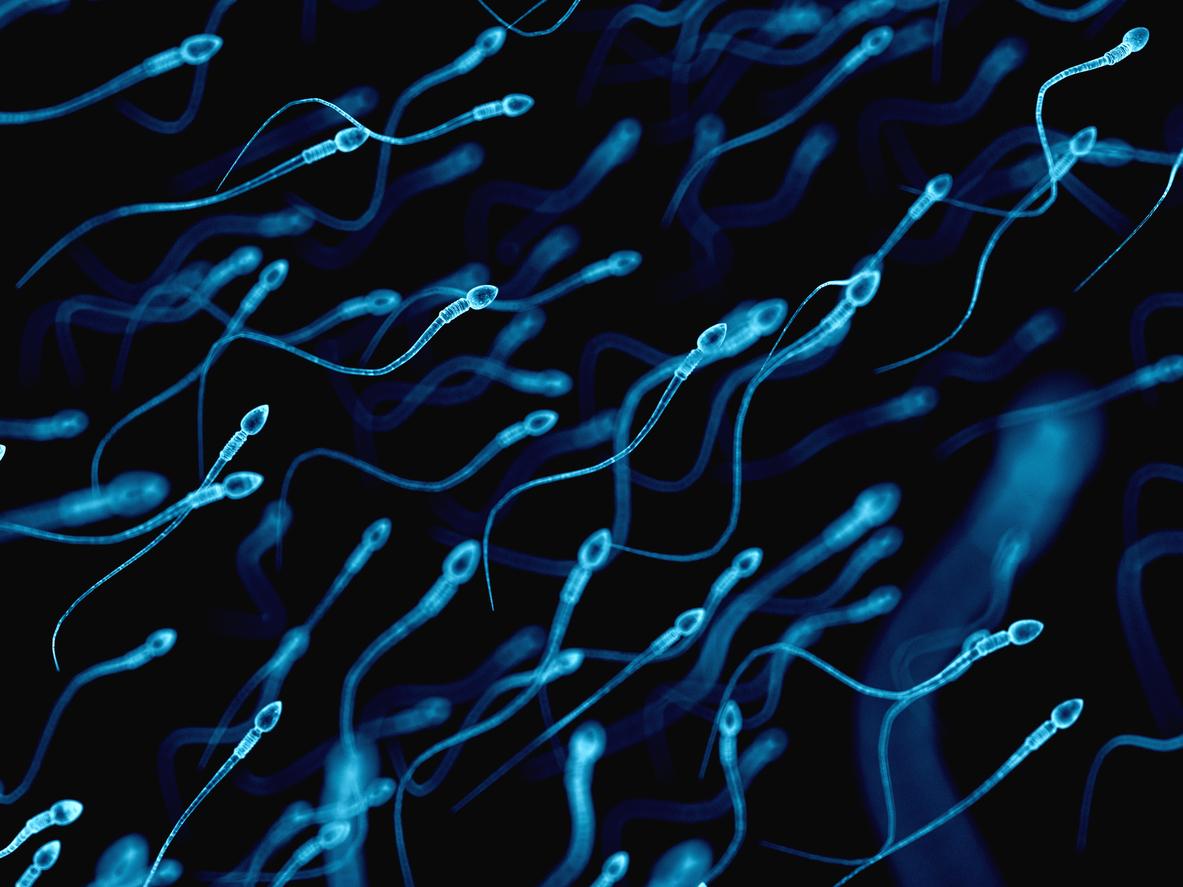It is not so much the chronological age of the male partner that counts for achieving pregnancy. It is first of all the “real” age of his spermatozoa integrating genetic and environmental factors.

- Beyond the age of the man who produces them, the “real” age of sperm can be impacted by genetic and environmental factors.
- It is this biological age that predicts the chances of pregnancy
“Tell me the biological age of your partner’s sperm, I will tell you what your chances of pregnancy are“. This is clearly the lesson that women – and of course their spouses! – can learn from the study carried out and published by researchers at Wayne State University School of Medicine which explains that sperm aging may be a biomarker predicting reproductive success within a couple, results that “stress the importance of the male partner“, as the authors point out.
Genetic factors and environmental conditions
It is still necessary to be able to evaluate the biological age of the spermatozoa, which does not always correspond to the chronological age of the person who produces them. “This chronological age does not incorporate cumulative genetic and external factors or environmental conditions“, indeed specifies Pr Richard Pilsner, principal author of this work. This is the reason why the results of sperm quality using the WHO guidelines to evaluate male infertility for decades remain poor predictors of male infertility. breeding results.
So make way for biological, rather than chronological, aging to measure the likelihood of pregnancy. At the end of a study which focused on 379 male partners of couples who had stopped using contraception, the cumulative probability of pregnancy appeared to be 17% lower after 12 months for couples with male partners whose spermatozoa were epigenetically the oldest, this category notably including men who were smokers.
Understanding the link between sperm age and child health
“There is a critical need for new measures of male fertility to assess overall reproductive success among couples in the general population“, note the authors of this study. A need that is all the more important, according to them, since chronologically older fathers have an increased risk of having children with adverse neurological results and that it is “important to understand the potential relationship of epigenetic sperm aging to child health and development“.

















